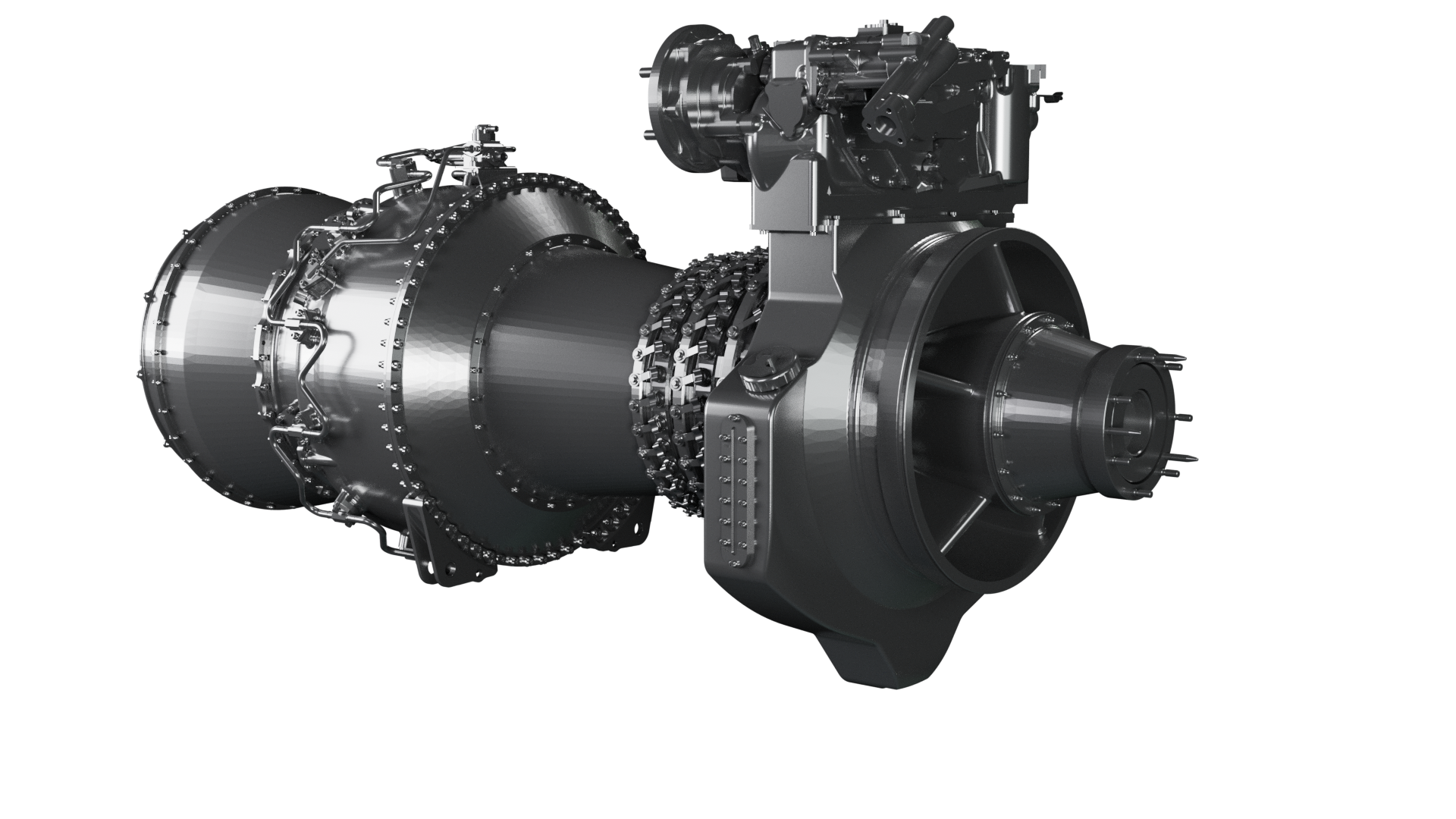Engine Capabilities
In Europe, there are approximately 1,800 transport and 600 attack helicopters with an average age of 20 years. From 2040 onwards, a large proportion of these will need to be replaced. Even types that are still in production today will then have been in service for over 50 years. Safran and MTU have the ambition to develop a new engine that significantly increases efficiency while reducing operating and maintenance costs at the same time. The engine will be particularly well suited to the ENGRT (European Next Generation Rotorcraft Technologies) project, that is supported by the European Defence Fund (EDF) and managed by several European Union (EU) nations. It aims to provide enhanced capabilities such as longer range, higher speed, better maneuverability and higher availability.

In a nutshell
• New generation turboshaft engine
• High availability and reliability in harsh environments
• Low detectability due to low noise and infrared signature
• Fully European supply chain without non-European export restrictions
• Strong focus on cost & fuel efficiency
• Electric hybrid architecture ready to use sustainable aviation fuels (SAF)
• Predictive maintenance through real-time monitoring and use of AI tools
• Easy to maintain in combat conditions thanks to virtual & augmented reality support
Moving forward together
In January 2025, the EDF announced in its latest annual work program intentions to fund technology development for a “state-of-the-art rotorcraft engine”. Safran and MTU intend to respond to this specific call together with a capable consortium of industrial and technological partners from other European nations.


